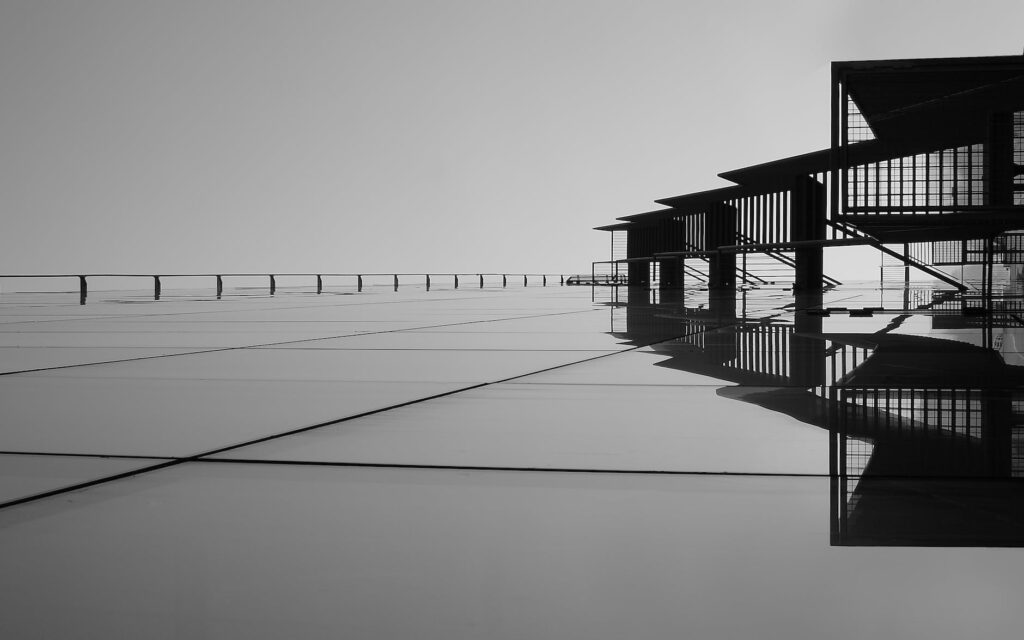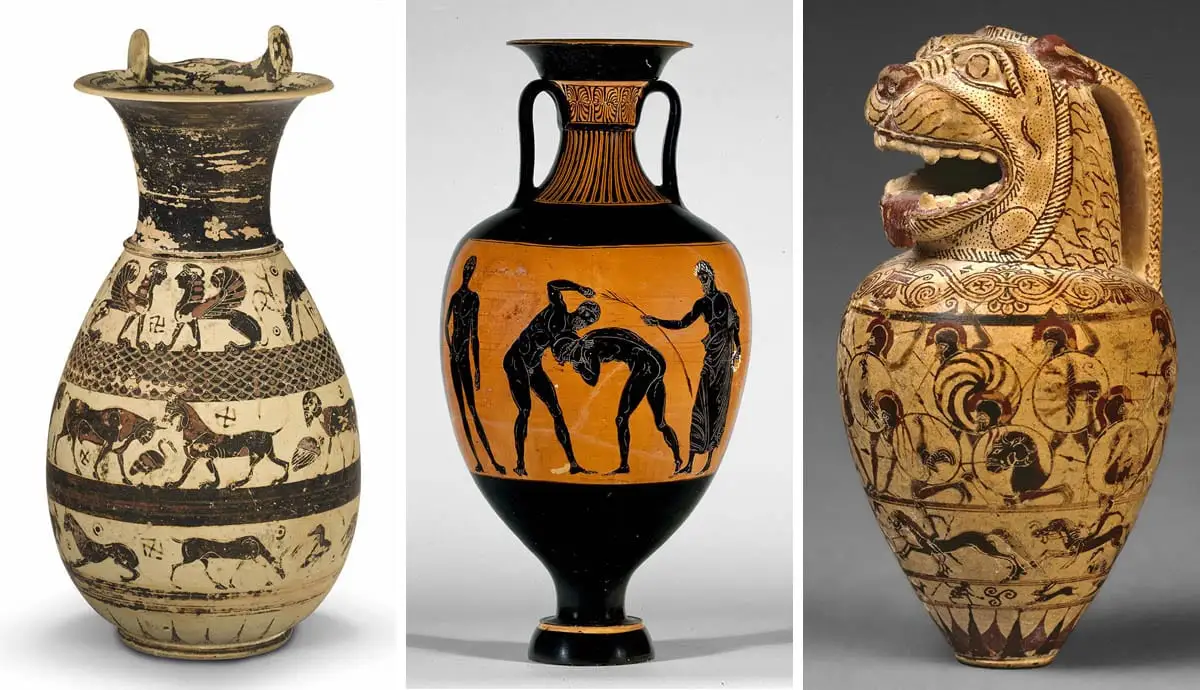As a passionate about architecture and a proud Brazilian, I have always been fascinated by the rich and diverse history of architecture in my country. Brazil, with its vast territorial extension and rich cultural mix, offers an architectural panorama that is a true mosaic of influences and styles. In this article, I will share with you some of the most impressive facets of this architectural journey.
The Colonial Beginning
The journey through architecture Brazilian history begins in the colonial period, when Portugal colonized our country in the 16th century. The buildings at that time were predominantly Baroque inspired, brought by Portuguese colonizers. Opulent churches, with detailed facades and lush interiors, are landmarks of this period. Notable examples include the Church of São Francisco de Assis in Ouro Preto and the Cathedral of Salvador.
Indigenous and African Influence
A unique aspect of Brazilian architecture is the influence of indigenous and African cultures. Indigenous construction techniques, adapted to the local climate and materials, especially influenced rural constructions. The African influence is seen in the decorative details and construction techniques, especially in the northeast of Brazil, where the African presence was stronger.
Brazilian Modernism
Fast forward to the 20th century, Brazilian modernism gained global prominence. Architects such as Oscar Niemeyer and Lúcio Costa redefined urban aesthetics with designs that balanced form and function, incorporating Brazil's natural beauty.
The construction of Brasília, the country's new capital, was a milestone of this era. Buildings such as the National Congress and the Brasília Cathedral are iconic examples of this phase.
Contemporary architecture
Today, Brazilian architecture continues to evolve, mixing tradition and modernity. Contemporary architects seek sustainable and innovative solutions, respecting the environment and Brazil's cultural roots. Projects such as the Museum of Tomorrow in Rio de Janeiro and the Youth Park in São Paulo reflect this new phase, combining technology, sustainability and innovative design.
Brazilian architecture is a reflection of the country's rich cultural tapestry. From baroque churches to modernist masterpieces, and now to the cutting edge of sustainable architecture, Brazil continues to be a fertile field for architectural innovation. For me, exploring Brazil's architecture is about continually discovering new forms of expression and beauty, a journey that never ceases to surprise and inspire me.

FAQ
How did Baroque influence Brazilian architecture?
The influence of Baroque, brought by the Portuguese, is evident in the churches and public buildings of colonial Brazil. It is characterized by elaborate facades, detailed ornamentation and rich interiors, exemplified in historic cities such as Ouro Preto and Salvador.
What are the characteristics of indigenous and African influence on Brazilian architecture?
Indigenous architecture mainly impacted construction techniques, adapted to the local climate and resources. The African influence is more noticeable in the decorative and constructive elements, especially in the northeast, reflecting the African cultural heritage in the region.
What made Brazilian modernism so special?
Brazilian modernism stood out for its ability to integrate Brazil's natural beauty with innovative and functional architecture. Architects such as Oscar Niemeyer and Lúcio Costa broke with traditional patterns, using concrete to create curved and dynamic forms, symbolizing an era of progress and optimism.
How does Brasília represent Brazil's modernist architecture?
Brasília, designed by Lúcio Costa and Oscar Niemeyer, is a living example of Brazilian modernism. The city was built with the idea of a utopian future, with iconic buildings such as the National Congress and the Brasília Cathedral, which feature innovative design and symbolize national identity.
What are the current trends in Brazilian architecture?
Currently, Brazilian architecture focuses on sustainability, technological innovation and integration with the natural environment. Contemporary projects, such as the Museum of Tomorrow, demonstrate a commitment to sustainable practices and design that reflects both modernity and Brazil's cultural traditions.
How does Brazilian architecture reflect the country's cultural diversity?
Brazil's architecture is a mirror of its cultural diversity, mixing European, indigenous and African influences. This mix is seen in the different architectural styles, from baroque churches to modern and contemporary buildings, representing the rich tapestry of cultures that make up Brazil.
How does Brazilian architecture address environmental issues?
Contemporary architecture in Brazil has placed great emphasis on sustainability. This includes the use of local materials, construction techniques that minimize environmental impact, and designs that promote natural ventilation and energy efficiency. Projects such as the green roof of the Museum of Tomorrow in Rio de Janeiro are examples of this approach.
What is the impact of immigration on Brazilian architecture?
European, Japanese and other immigration contributed significantly to Brazilian architecture. Many Brazilian cities have neighborhoods with strong Italian, German or Japanese influences, for example, which are manifested in both residential and commercial architecture.
How does Brazilian architecture integrate with the urban environment?
Brazilian architecture often seeks harmony with the urban environment. This is evident in projects that prioritize open public spaces, green areas and integration with the surrounding urban and natural context, as seen in Parque da Juventude in São Paulo.
Are there notable examples of architectural restoration in Brazil?
Yes, Brazil has several restoration projects that preserve its rich architectural heritage. A notable example is the city of Ouro Preto, where colonial buildings have been carefully restored, maintaining their original baroque features.
How does Brazilian architecture influence and is influenced by global trends?
Brazilian architecture, while absorbing global trends such as minimalism, high-tech and sustainability, also contributes to the international scene with its unique approach to integrating natural, social and cultural elements into its designs. Brazilian architects are recognized worldwide for their creativity and innovation.
Is there an architectural style that is uniquely Brazilian?
Although it is difficult to pinpoint an exclusively Brazilian style, tropical modernism, which combines modernism with local and natural elements, can be considered a unique expression of Brazilian architecture. This fusion creates a style that is both international and distinctly Brazilian.
REFERENCES
Brazilian Modern Architecture | Tag | ArchDaily Brazil
Modern Architecture: what it is, history and its characteristics! – CASACOR (abril.com.br)




